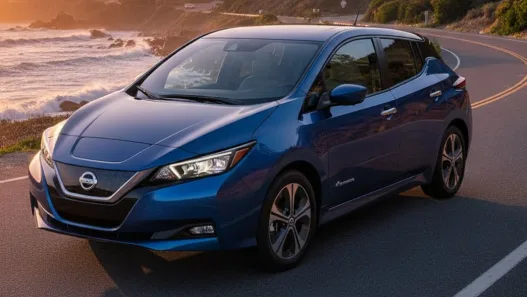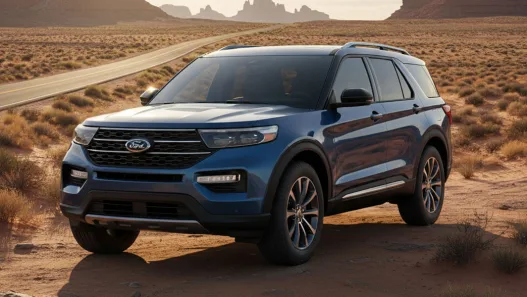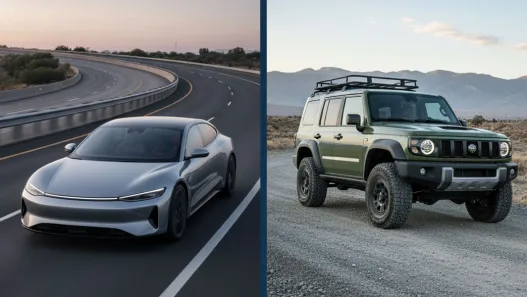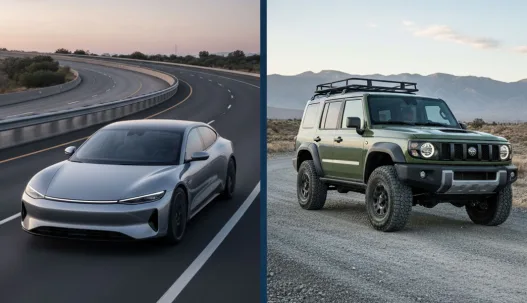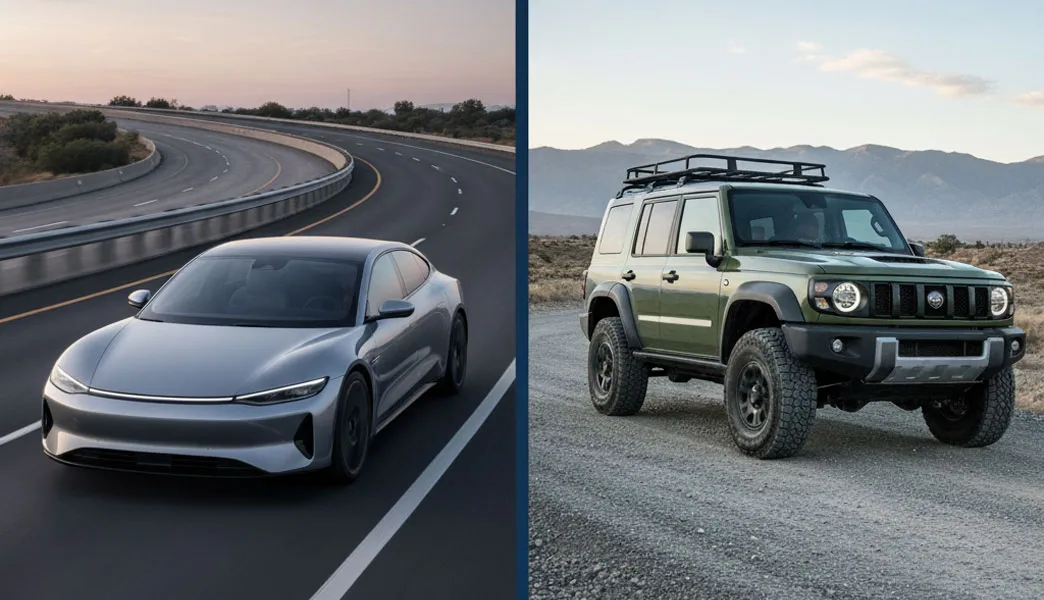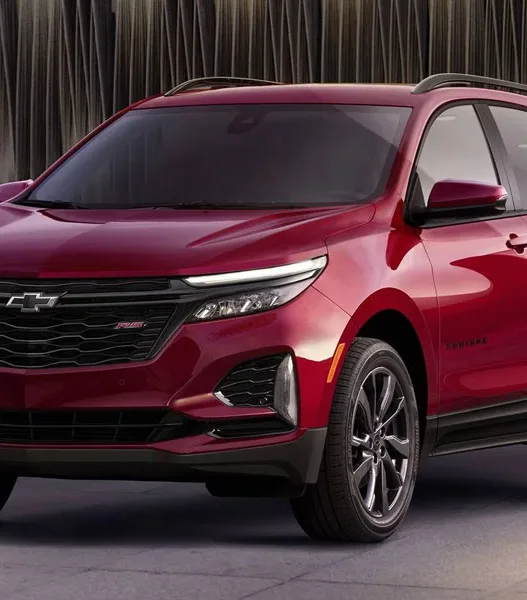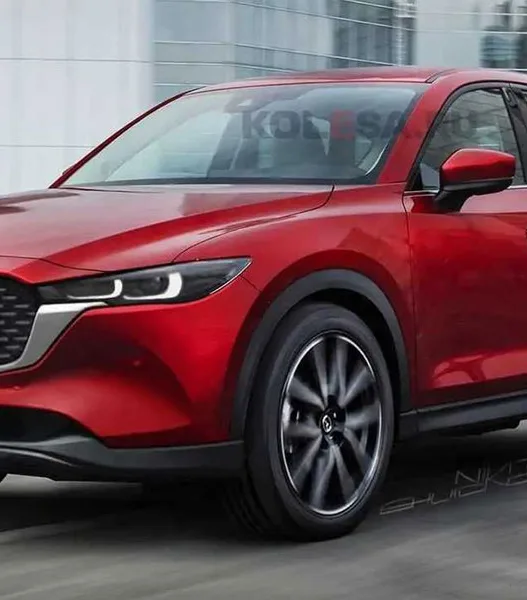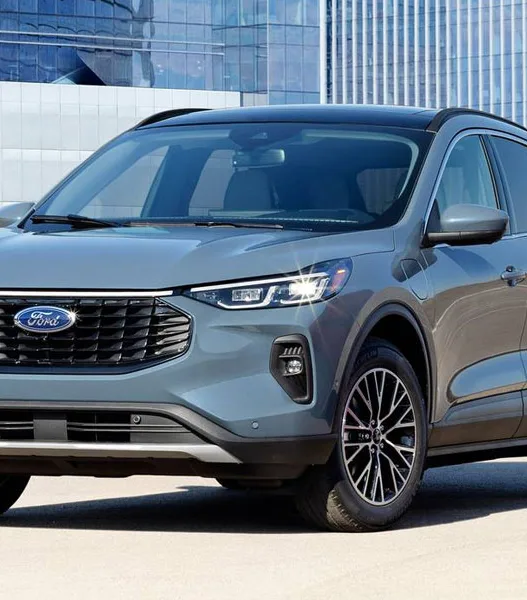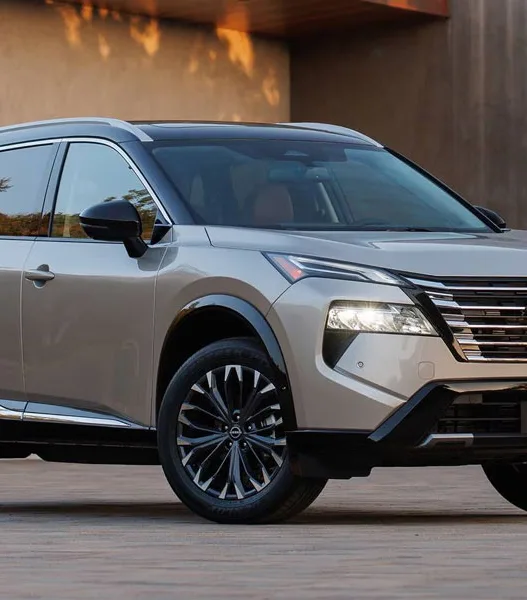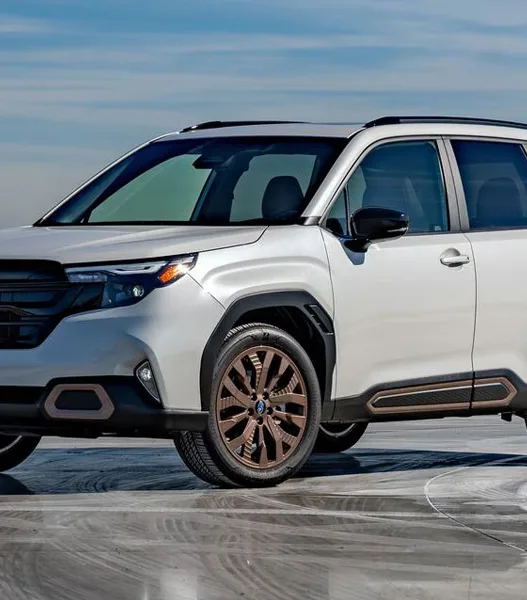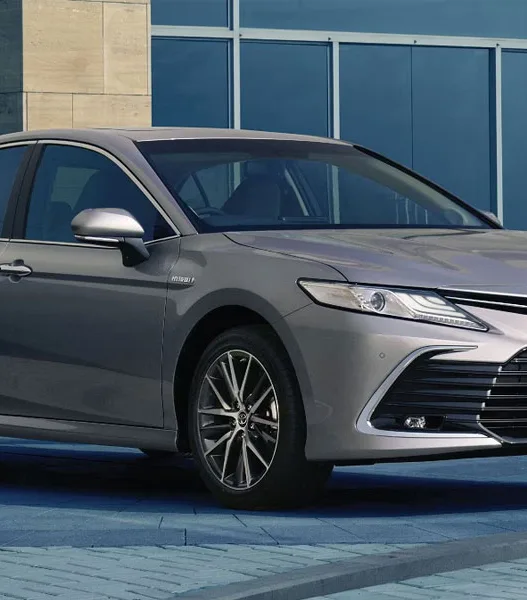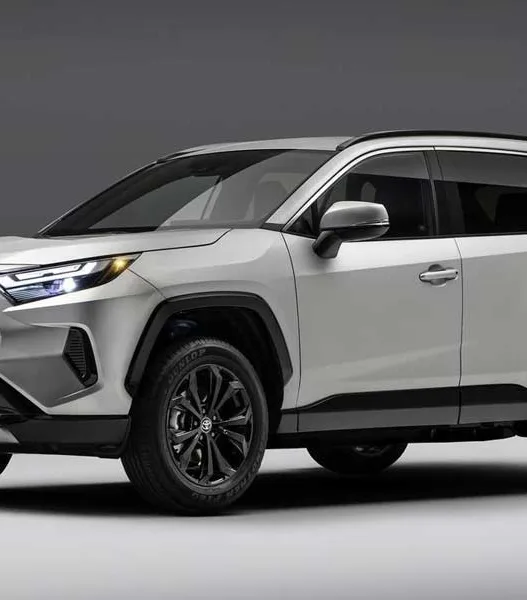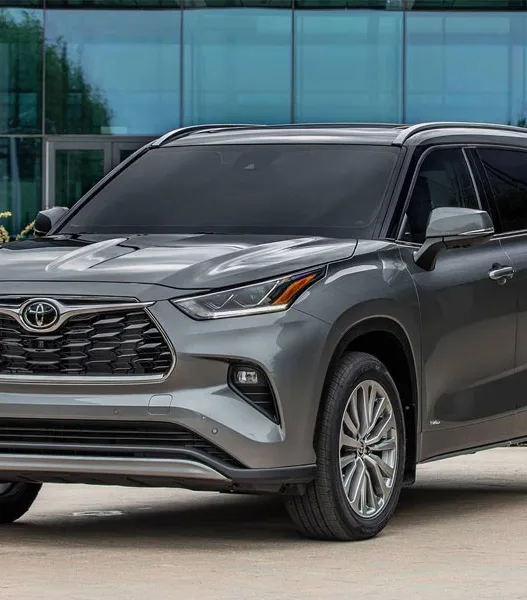About 90% people believe that an SUV is more stable than a sedan. Personally, I’m also a big fan of SUVs. But when it comes to stability, particularly at high speeds and during turns, sedan cars may have an edge over SUVs.
Take a look at this video.
In the video, you can clearly see an SUV speeding down a straight road, making turns, and suddenly lifting off its wheels. Why does this happen?
One major reason is the ground clearance. Ground clearance is the vertical distance between the lowest point of a vehicle’s undercarriage and the ground. Compared to Sedans, SUVs have a larger ground clearance.
When driving at high speeds, more airflow passes underneath an SUV, pushing it upward and reducing stability. On the other hand, Sedans sit closer to the ground, limiting airflow underneath and giving them better stability at speed.
In the article below, I’ll break down in detail why a Sedan is more stable than an SUV.
Factors Affecting a Vehicle’s Stability
Here are several factors affecting a vehicle’s stability.
- Suspension: If a vehicle has a well-tuned suspension, it will stay close to the ground, absorbing road imperfections and improving stability.
- Tires: Proper tire pressure is crucial for grip and traction on various surfaces.
- Vehicle’s Design: A vehicle’s design also influences its stability. For example, a Sedan has an aerodynamic shape that reduces the air resistance against the car, ultimately improving the stability.
- Center of Gravity: If a vehicle’s center of gravity is low, its stability will be higher.
- Weight Distribution: There should be a proper weight distribution to ensure balanced tire contact with the road.
- Hauling and Towing: If you’re towing or hauling weight with your vehicle, the overall mass of the car and how cargo is loaded can impact its stability.
- Driving Style: Your driving style can also affect the vehicle’s stability. If you love driving at high speeds and making quick turns, it can lead to loss of control and vehicle stability.
Sedan vs SUV: Comparison Table
| Features | Sedan | SUV |
|---|---|---|
| Ground Clearance | Low (typically 5–6 inches) | High (typically 7–9 inches or more) |
| Center of Gravity | Low – Closer to the ground | High |
| Body Design | Streamlined, aerodynamic shape reduces lift and drag | Boxier design, more air flows underneath, causing lift at high speeds |
| Handling | Responsive Handling | Heavier feel, less agile |
| Suspension | Stiffer Suspension for better road grip | Softer Suspension for comfort and off-road capability, but reduces stability |
| Rollover Risk | Less | Higher |
| Fuel Efficiency | Higher due to better aerodynamics and lighter weight | Lower due to size, weight, and higher drag |
| Best Use | City driving, highways, sharp turns | Off-road, rough roads, family trips, cargo capacity |
The Role of Ground Clearance in Vehicle Stability
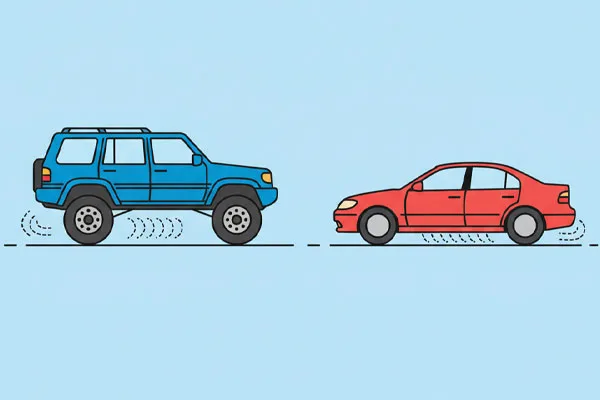
Let’s discuss the ground clearance in more detail. As discussed earlier, ground clearance is the vertical distance between the lowest point of a vehicle’s underbody and the ground. In simple words, it measures how high your car is from the ground.
SUVs come with higher ground clearance, making them suitable for driving on rough terrains. Suppose you’re living in a place with bumpy roads, you should opt for an SUV. However, the more space between your vehicle and the ground also raises the vehicle’s center of gravity.
If the center of gravity is high, it means the car is more top-heavy, which increases the risk of rolling over. It also makes the vehicle more prone to tipping over in extreme cases. On the other hand, Sedans have lower ground clearance, which not only lowers the center of gravity but also helps the vehicle to stay close to the ground.
With less air flowing underneath the vehicle, Sedans are capable of maintaining better balance and stability during high-speed or sharp turns.
Aerodynamics: Why Sedans Slice Through Air While SUVs Struggle
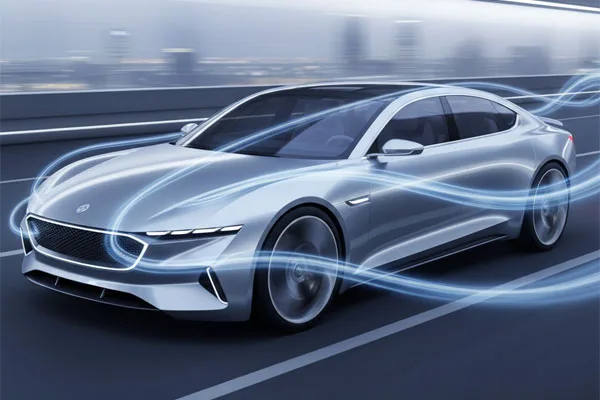
Another major reason why Sedans are more stable than SUVs is aerodynamics. The streamlined and aerodynamic shape of a Sedan is engineered to cut through the air more efficiently, minimizing drag and improving overall balance at speed.
When driving at high speed, instead of letting air push against the car and create drag, the aerodynamic design channels airflow smoothly over the hood, roof, and trunk. It reduces the lift and helps the tires maintain stronger contact with the road.
On the other hand, SUVs come with boxier designs that allow air to push against them and create drag. This creates lift at high speeds, reducing the tire grip and increasing body roll, especially during quick lane changes or sharp turns.
If you’re driving on an open highway with strong winds, Sedans will feel more stable compared to SUVs that catch more wind like a sail. Lastly, the aerodynamic advantage of Sedans not only improves their stability but also improves fuel efficiency.
As Sedans face less air resistance, the engine doesn’t have to work hard to maintain speed, leading to better fuel economy.
Handling and Suspension: Sharp Turns of Sedans
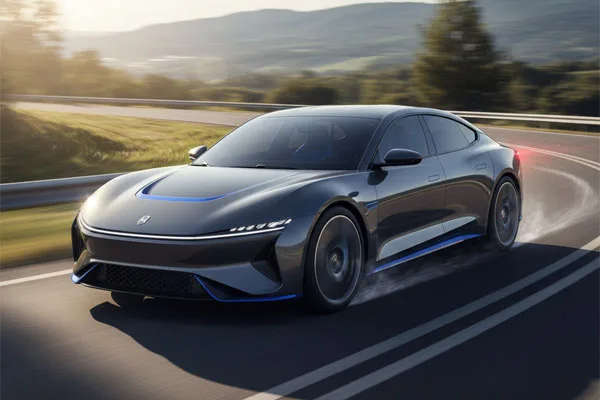
With the low ground clearance and streamlined design, the Sedans’ steering feels sharper and more responsive. While driving a Sedan, you often notice that you can make turns confidently without any body roll.
On the other hand, SUVs tend to feel heavier and less agile while driving at higher speeds. Suspension also plays an important role in deciding which car is more stable. Sedan cars come with a stiffer suspension, which improves road grip and handling accuracy, delivering a more controlled and stable ride on highways and cities.
SUVs, however, are tuned with a softer suspension that prioritizes comfort and the ability to handle uneven roads. This makes them an excellent choice for long trips and rough surfaces.
Therefore, if you’re one of those who enjoy precise control on the road, you must opt for a Sedan. But if you love off-roading, an SUV is the best option.
Is it Safe to Drive a Car With Less Stability?
It depends on your driving style. If you’re driving normally, there is no risk associated with driving a less stable car. If, on the other hand, you love driving at high speeds, a less stable vehicle has a higher risk of losing control, particularly during quick turns.
This increases the likelihood of dangerous rollovers, accidents, and injuries. A less stable car can also cause the brakes to malfunction, increasing the distance needed to stop safely and raising the risk of a rear-end collision.
What Should You Do If Your Car Feels Unstable?
If you start feeling that your car is unstable while driving, you should immediately slow down your vehicle. You should drive smoothly, avoid abrupt steering, braking, or acceleration, especially on rough roads.
You can also have your vehicle inspected by a professional to diagnose and fix the underlying issue.
Why Do People Feel SUVs Are Safer and More Stable?
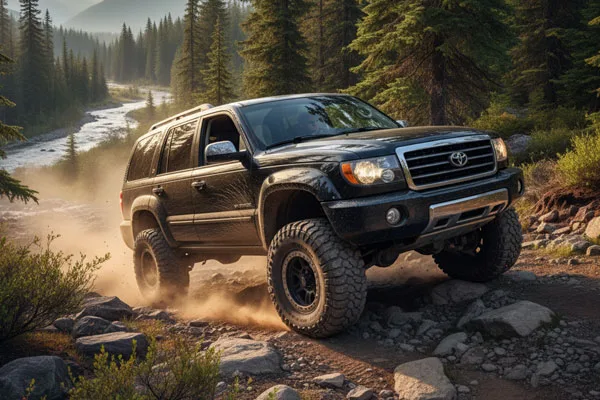
It is not just about people; I also feel SUVs are safe and more stable than Sedans. Why is it like that?
A major reason behind this belief is the size and height of SUVs. When I drive a SUV, I’m sitting higher off the ground, giving me a commanding view of the road, creating a sense of confidence and control.
The bukier design of an SUV also makes me feel more protected and safe. Personal experience can only give you a sense of safety and stability in an SUV. But sometimes, marketing also plays an essential role in shaping this perception.
Car companies often create commercials that show SUVs driving through rough terrain, heavy rain, or climbing steep hills. It will reinforce the idea that SUVs are tough and stable. Last but not least, the weight of SUVs will also make you feel safer.
Heavier vehicles generally perform better in crashes. While weight can help in collision, it doesn’t guarantee stability.
Sedan vs SUV: Which One Should You Choose?
In the conclusion of the article, I’ll help you choose a better option between Sedans and SUVs. However, it depends on your driving needs. If you’re looking for a vehicle with higher stability, you should go for a Sedan due to its lower ground clearance, streamlined shape, and lower center of gravity.
These things will help you handle the car with complete control at high speeds or while taking sharp turns. On the other hand, if you’re looking for a vehicle for off-roading, you can choose an SUV.
SUVs can offer versatility that sedans can’t match. With higher ground clearance and spacious interiors, these vehicles will give you a safer and comfortable riding experience, especially on uneven roads.
An SUV can be a great family car. When comparing these two vehicles, it has become clear that each has its own strengths. So, it is completely up to you which car you choose. If you ask my opinion, I’m still a fan of an SUV.
Sources: The Gyaan Sutra
Frequently Asked Questions
1. Why are Sedans Considered More Stable than SUVs?
Sedans have lower ground clearance and a lower center of gravity, which helps them stay close to the ground. Their streamlined design also improves aerodynamics, making them more stable at high speeds compared to taller SUVs.
2. Do SUVs Have a Higher Risk of Rollover than Sedans?
Yes, SUVs are taller and have a higher center of gravity; they are more prone to rollovers during sharp turns. Sedans, with their lower stance, are less likely to roll over in the same situations.
3. Does Ground Clearance Affect Stability?
Absolutely. Higher ground clearance, like in SUVs, allows more air to flow under the vehicle and raises the center of gravity, both of which reduce stability. Lower ground clearance, as in sedans, improves balance and road grip.
4. Are Sedans Safer than SUVs at High Speeds?
In terms of stability and handling, sedans are generally safer at higher speeds. However, SUVs may provide better crash protection in certain collisions due to their larger size and weight.
5. Why do People Think SUVs are More Stable than Sedans?
Many drivers feel more secure in SUVs because of their size, higher driving position, and marketing that highlights ruggedness.
6. Which is Better for Highway Driving: a Sedan or an SUV?
Sedans are typically better for highway driving because of their stability, aerodynamics, and fuel efficiency.
7. Can Modern SUVs Match Sedan Stability?
Modern SUVs come with advanced stability control systems, better suspension tuning, and wider tires, which improve handling. While they’ve closed the gap, sedans still generally have the advantage in pure stability and cornering performance.
8. Can Sedans Handle Rough Terrains like SUVs?
Sedans are generally not designed for off-road driving. Their lower ground clearance and lighter build make them less suitable for rough terrains.




